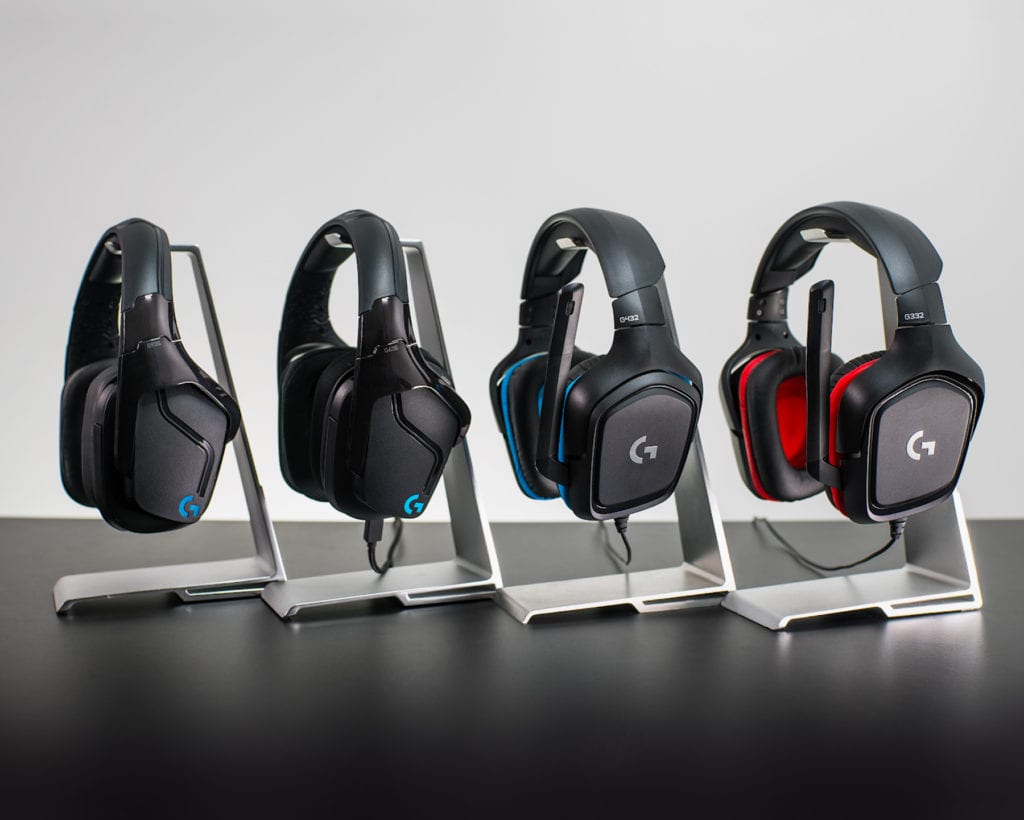When people think of advancements in PC hardware, it’s usually in regards to faster CPUs and hard drives, as well as the graphics card arms race. All of these things do a great job in making our PC gaming experiences better. Once you have used any form of SSD, for example, you never want to go back to a traditional hard disk drive. Likewise, the advancement of graphics cards that enable ray tracing has pushed gaming visuals to a level that embarrasses CG animation movies from not that long ago. We really are living in a golden age of technology, which will continue to evolve further and harder. However, one area of development that has been fairly quiet until recently has been PC game audio.
Sound and vision
Hardcore gamers and those who stray into professional gaming are acutely aware of what a difference audio can make. Yes, having a powerhouse PC capable of 8K visuals at over 120 frames per second will help you spot that sniper in the distance. It’s not much help, though, if they’re behind you or out of view to the left or right. This is where a decent surround sound system or headset comes into its own. Being able to accurately hear that an enemy is at your 5 O’clock can be invaluable, the difference between winning and losing.
It’s not just about competitive gaming, though. PC owners spend so much on having a top-notch graphics card so they can immerse themselves in a gaming world. Yet there are a lot of people who forget to invest in decent equipment for PC game audio. If you want immersion, try watching a movie with stereo headphones on. And then watch it again with a really high-quality audio system. The experiences are night and day. A modern, powerful graphics card that allows all of the rays to be traced will help you to see an incredible, realistic-looking world. A great sound card paired with either a really good surround system or top-notch headset will actually transport you to that world.

Creating an Atmos-phere
For many years, the only real advance we saw in sound technology was the introduction of Dolby Atmos. For those unfamiliar with it, Atmos moves sound from a 2D geometric plane to a 3D space. Most people are familiar with a surround system. A basic surround system uses six speakers (5.1). There’s a center speaker, two front speakers (left and right), two rear speakers (left and right), and a subwoofer. This type of system will (ahem) surround you with audio, but it’s all on the same level. What an Atmos system adds is, however, is height. There are speakers in the ceiling that enable a sound to be placed both vertically as well as directionally.
A typical Atmos setup would be either 7.1.4 or 11.2.4. The crucial thing here is the final number of 4 — this refers to the ceiling speakers. These are usually placed in pairs, two just in front of the viewer, and two just behind the viewer. When it comes to Dolby Atmos in headphones, it is faked in a similar way to surround sound. The headset still only uses two speakers but is made to sound more spatial through sound processing. This new processing technology is particularly impressive and is along the lines of what Sony is doing with headsets for the PlayStation 5. On PC it is delivered through Dolby Access. You can get a free 30-day trial of Dolby Access through the Microsoft store, and it’s then $14.99 USD to enable permanently. This will enable you to experience Dolby Atmos through an appropriate headset.

Set on a headset
Of course, a lot of PC users rely on gaming headsets to provide their surround sound. It’s not always practical to have a bunch of speakers set up in the space around your PC rig. For more ‘nocturnal’ gamers, headsets allow you to have sound at a volume of your choice rather than that of your housemates or neighbors. When it comes to headsets, there are two methods to provide surround sound. We’ve already spoken about one and that is algorithmic surround sound. Dolby Atmos is currently only available on headphones through an algorithm that translates spatial sound into two channels that simulate surround sound. You can also find headsets that will use algorithms to mimic anything from a 5.1 setup to DTS-HD mixes. These algorithms rely on head-related transfer function to imitate surround sound.
The other way to create surround sound in a headset is to use more of a brute force approach. Units like the Razer Tiamat 7.1 actually include multiple speakers to create surround sound. It really is like putting a mini surround sound speaker setup on your head — despite seeming like the more accurate way of providing surround sound. The jury is actually out on which system works better. This isn’t just about ergonomics, either. Yes, a headset with more speakers incorporated will tend to be heavier, but that’s not the issue here. Some people actually prefer an algorithm-based approach and claim that provides a more usable sound.

Gaming has a sound future
The algorithm-based approach isn’t stopping at mimicking surround sound. Because everyone hears differently, scientists are now inside our heads and discovering how we hear. One of the things Sony’s Tempest 3D audio technology focuses on is the inner ear.
Everyone’s inner ear is different. However, Sony has approximated five different inner ear profiles at launch and is working on developing more. This enables the tech to transmit sound through the inner ear in the best way possible for each listener. While this technology is currently only available with the PlayStation 5, it is likely that other companies will figure this technology out and implement it into other systems.
Another area that is being researched is how the brain actually deals with sound. Engineers and scientists are figuring out both the way that sound is transmitted to the brain and the way that it decodes what it hears. During the recent “The Power of Audio in Gaming” event, EPOS president, Jeppe Dalberg-Larson, spoke about how the brain interprets sound into “focus” and “orient.” “Focus” would be like the actual words being spoken to you or distinguishing a sound as a gunshot. “Orient” refers to the spatial portion of the sound or where it came from. Figuring out how we hear can help to find better ways to transmit the sounds that we listen to. Headset manufacturers and other gaming audio companies are now collaborating with various universities and other industries like hearing aid manufacturers to learn more.

I like what I hear
We are getting to a point with visuals in games that they are almost photorealistic. Yes, there is still space for improvement, but a lot of that is down to the power of graphics cards. Innovation will still happen and they’ll find ways to improve things further but we have to be nearing a plateau of what can be done visually. Sound is an area that hasn’t had the same level of resources or manpower thrown at it. It has been on a plateau of its own for a while. Hopefully, we now may be moving on from that and getting more detailed sound. What’s more, it could be configured for each individual gamer.
When people are spec’ing up a new PC build they will often spend hours and hundreds of dollars on the processor, motherboard, and the graphics card. They’ll even spend a lot of time and effort picking out the right case, power supply, cooling system, and what memory to incorporate. However, what sound card they will use will either be one of the last things they contemplate or forgotten altogether. As a musician and someone who has worked in the music industry, I find this pretty disappointing. Sound is such an important part of our lives and yet it is something that is often overlooked by gamers. Sound designers and composers pour their hearts and souls into the games they create. There is some truly great audio in games if we just find a way to hear it properly.




